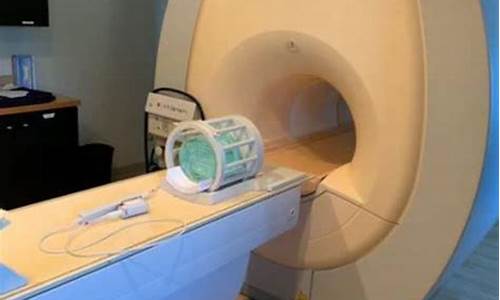The Interactive Relationship Between Mental Health and Physical Health
Mental health and physical health are intrinsically connected, each influencing the other in a continuous loop. This interrelationship suggests that poor mental health can negatively impact physical health, and vice versa. It is crucial to understand how these two aspects of well-being interact because recognizing their link can lead to better management of both mental and physical conditions. In this article, we will explore how mental health affects physical health, the ways physical health influences mental well-being, and how to promote overall health through understanding this dynamic relationship.
Mental Health’s Impact on Physical Health

Mental health problems such as stress, anxiety, and depression can have significant effects on the body. Chronic stress can lead to various physical ailments, such as high blood pressure, heart disease, and weakened immune function. Anxiety can cause digestive issues, muscle tension, and headaches. Depression has been linked to fatigue, sleep disturbances, and even chronic pain. The mind-body connection is undeniable, highlighting the need for comprehensive care that addresses both mental and physical well-being.

Physical Health’s Influence on Mental Health
Conversely, physical health issues can also affect mental well-being. Chronic illness, injury, or pain can lead to feelings of frustration, helplessness, and anxiety. People with physical health challenges are at a higher risk of developing mental health disorders, such as depression. Furthermore, conditions like sleep apnea or cardiovascular disease can exacerbate symptoms of anxiety and depression, creating a vicious cycle.

The Role of Lifestyle Choices

Lifestyle choices, such as exercise, diet, and sleep, play a vital role in maintaining both mental and physical health. Regular physical activity can reduce stress and anxiety, while also improving cardiovascular health and boosting the immune system. Eating a balanced diet provides the necessary nutrients to support brain function, while proper sleep helps the body recover and regenerate. These lifestyle factors promote a positive feedback loop, enhancing both mental and physical well-being.
Strategies to Improve Both Mental and Physical Health
To break the cycle of poor health, individuals should adopt strategies that target both physical and mental well-being. This includes practicing stress management techniques such as mindfulness and meditation, seeking professional help when necessary, engaging in regular exercise, and maintaining a healthy diet. By taking a holistic approach to health, individuals can improve their quality of life and reduce the risk of developing both mental and physical health problems.
Conclusion
In conclusion, the interactive relationship between mental health and physical health is a complex and dynamic one. Both aspects of well-being influence each other, and taking care of one can improve the other. By understanding and addressing this connection, individuals can take proactive steps toward achieving better overall health, reducing the risk of both physical and mental health issues.
